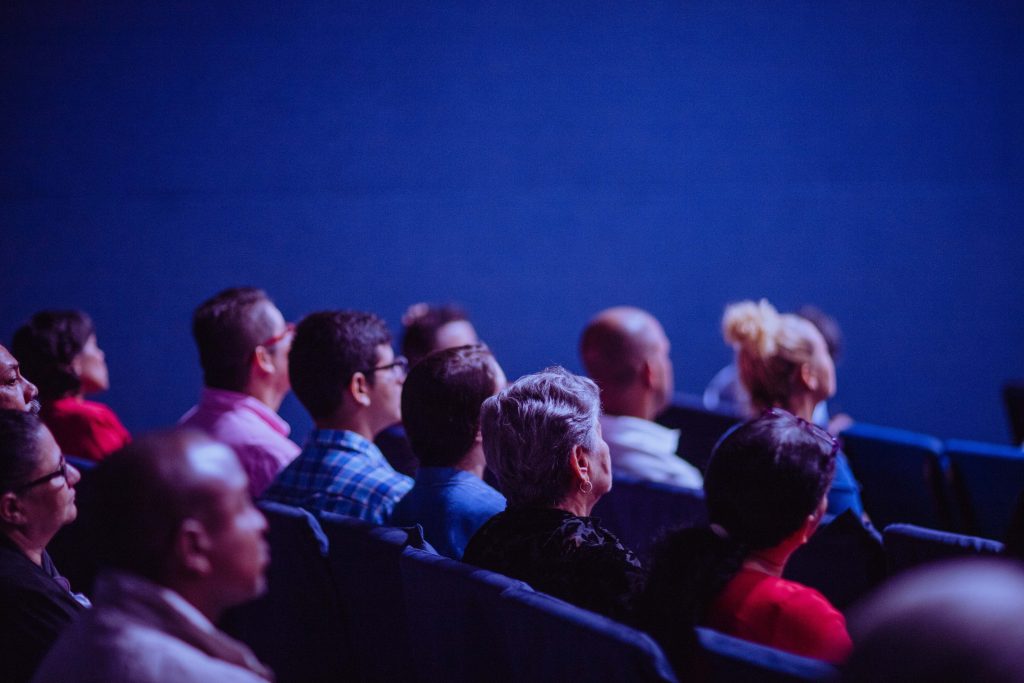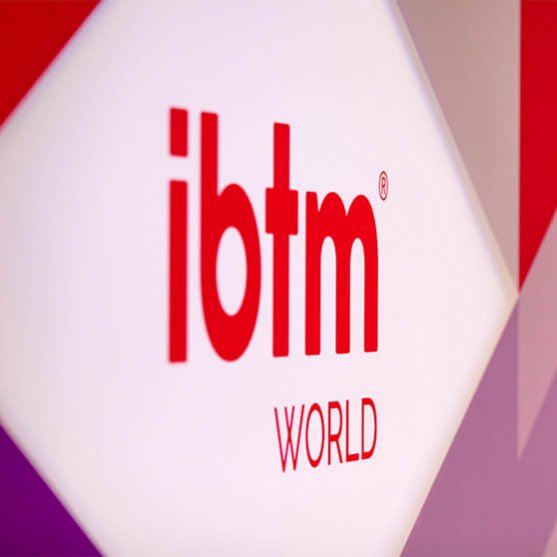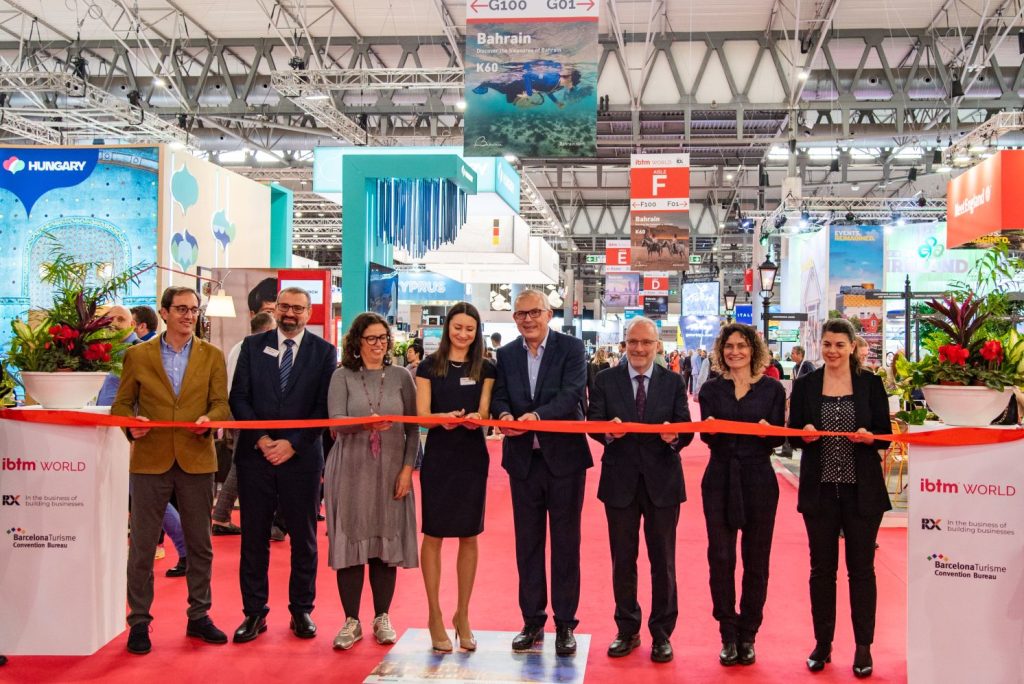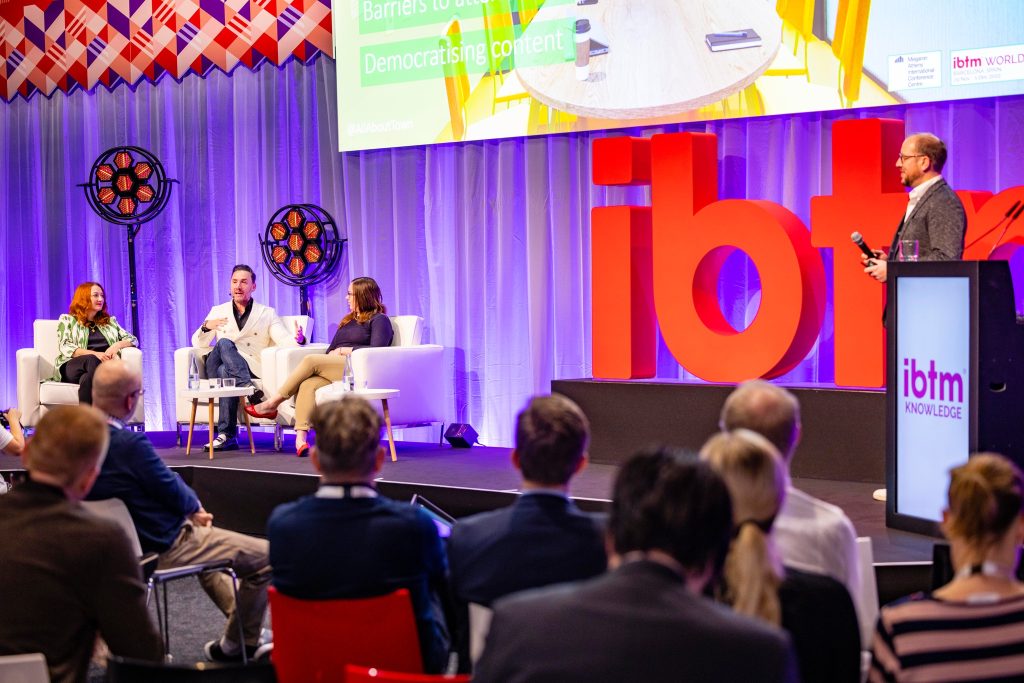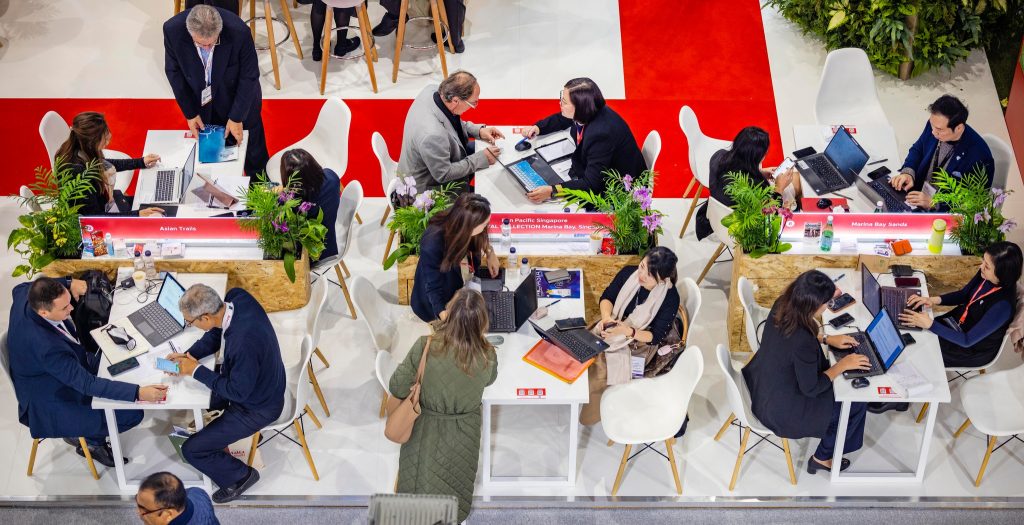How a worldwide leading event reinvents itself
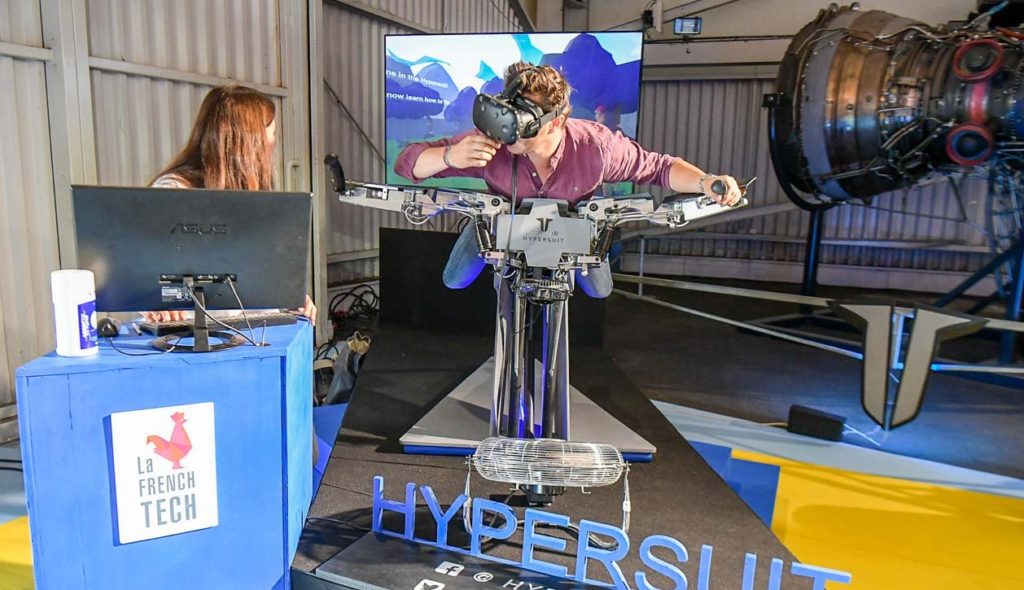
Share news
Listen
GIFAS (group of spatial and aeronautical industries) is the client that organised this edition of the Bourget salon in a key moment for the aeronautical sector: a mix of B2B event (where Boeing and Airbus planes are being sold like hot cakes) and event for the general public, including air shows. The organisers decided to carry out a study to find out how to keep being relevant. This study revealed three different areas to work on: digitalization (especially to help create interaction), “theatrialization”of the event, and making it more experiential. The result of this triple objective was the Paris Air Lab, an event within the event for which Hopscotch transformed a 3.000m² hall into an inspiring place where visitors could experience the industry’s innovations and understand their impact on our society and economy. Carla de Oliveira, the agency’s general manager, tells us more about this event.
After walking in through a hall where two legendary Concorde planes were displayed, the participants entered a “boarding area that led to the future”: a space where all the big exhibitors of the trade show were present together with over a hundred startups, representing an industry full of dynamism. Some of the elements of this experience were:
- Six “experiencial gates” to experiment with virtual reality
- A showroom about vehicles of the future
- The exhibition “The Earth from space”
- 12 themed islands dedicated to collaborative innovation between groups and startaps
- A large number of demonstrations and immersive experiences organised by startups, like the Flying Bird and many others.
The agency created several themed routes around the salon, offering a highly different, coherent and inspiring way of experiencing it. Examples? Participants could follow a spatial pathway, an aeronautical one, a numerical one…
But the most important aspect of this event was not the form but the content. Collaborative projects about the sky were exhibited and the visitors could experience the spatial world of the future via several conferences. Mixing different sciences has become commonplace, so the sessions included for example an astronaut talking to a sociologist or a philosopher with a designer. The contents were different during weekdays (professional) and weekend days (general public). Thus, the event consisted of a programme of conferences in a light format, from startup pitches to “battle conferences” where two specialists argued from different points of view. Several authorities from the sky world intervened and even some science fiction specialists too.
With this project, Hopscotch wanted to “create an event within the event, that helped design content for a traditionally non attendant public”. To do this, content generation was essential (“for some time we have considered the event to be a great content generator” – the agency tells us): in fact, they even involved a Youtuber who published explanatory videos about innovation, in order to help create more content. The main social network used was Twitter (confirming its potential for events).
Regarding repercussion of the event, over 50 articles were published on the press and more than 4.000 tweets were registered. The event was live streamed during the whole week and it was an absolute success, with 50.000 visitors.
Several learnings to take away: the need to reinvent even the most successful events, the role of content in events, the possibilities of mixing big and small companies, or scientists from different disciplines, and the appeal of offering new formats.


